There is a palpable sense of tension in the room as Matt Saunders taps away at the ageing Dell, each keystroke entering one of the judges’ scores, and thus sealing the fate of another of our contenders. We’d hammered out the hard miles on the road and pounded around the picturesque roller-coaster of Tarmac that is Anglesey Circuit, but now we are going to find out exactly which cars made the grade in 2019.
I’m not going to reveal our champion here (be patient, it’s coming) but, if you’ve read this far, you already know the shape of our top three. However, what you won’t know (unless you’ve flicked ahead to read the scores, spoilsport) is just how closely marked our triumphant trio are, and how far ahead of the rest they finished.
Part 1: the contenders | Part 2: the final three | Part 3: the winner
To give you an idea of how tight it is at the top, a mere nine points separate first from third, but a gap of 12 points between the bottom of the podium and fourth place. What’s more, all but two of our judges put this trio in their own top three, and those who didn’t placed two of them in their personal triumvirate. While in previous years you could have had any one of four or five cars forcing their way onto the podium, in 2019 the result was emphatic.

Leading the charge is last year’s winner, the magnificent McLaren 600LT, back for another bite of the cherry and the chance to join an elite band of back-to-back victors. But not if the astonishing Ariel Atom 4 has anything to do with it. Previous versions of the scintillating spaceframed sportster from Somerset have come close, but none had the breadth of ability of this latest offering. And then there’s the Porsche 911, the evergreen rear-engined machine still hitting high notes after six decades.
We’ll start with the McLaren, however, because, as our defending champ, it’s the known quantity – the one with the target painted large on its aerodynamically honed rump. What’s immediately clear is that the passing of 12 months hasn’t diminished the Woking Wonder’s appeal. Andrew Frankel speaks for most of us when summing up the 600LT: “Just so sensationally good everywhere,” he muses. “When cars are this fast, it’s all about confidence and I’m as confident driving this fast as I am the Mégane. Some might say it lacks character as a result, but for me it’s as good this year as last.”


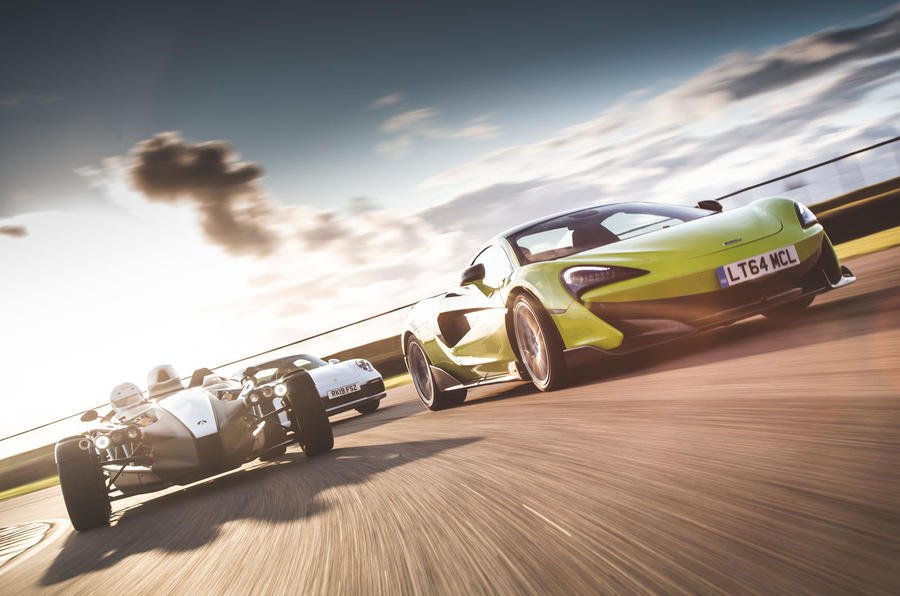






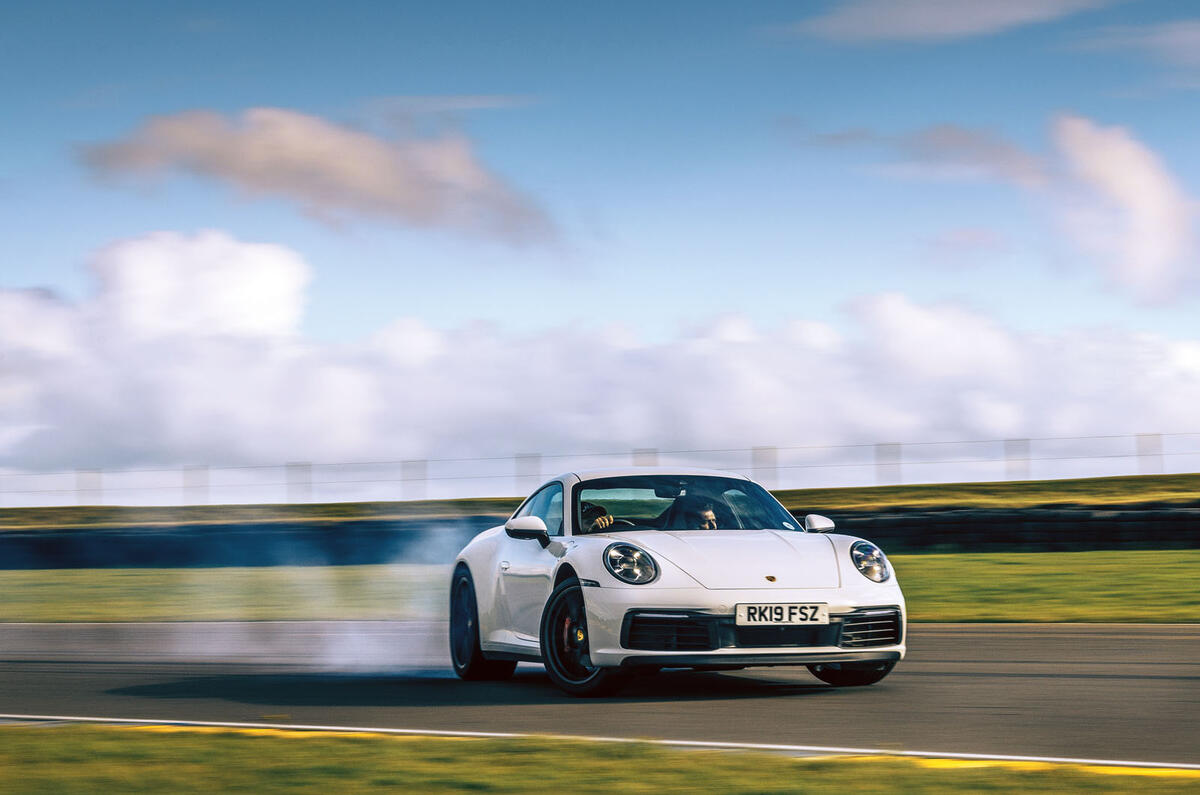


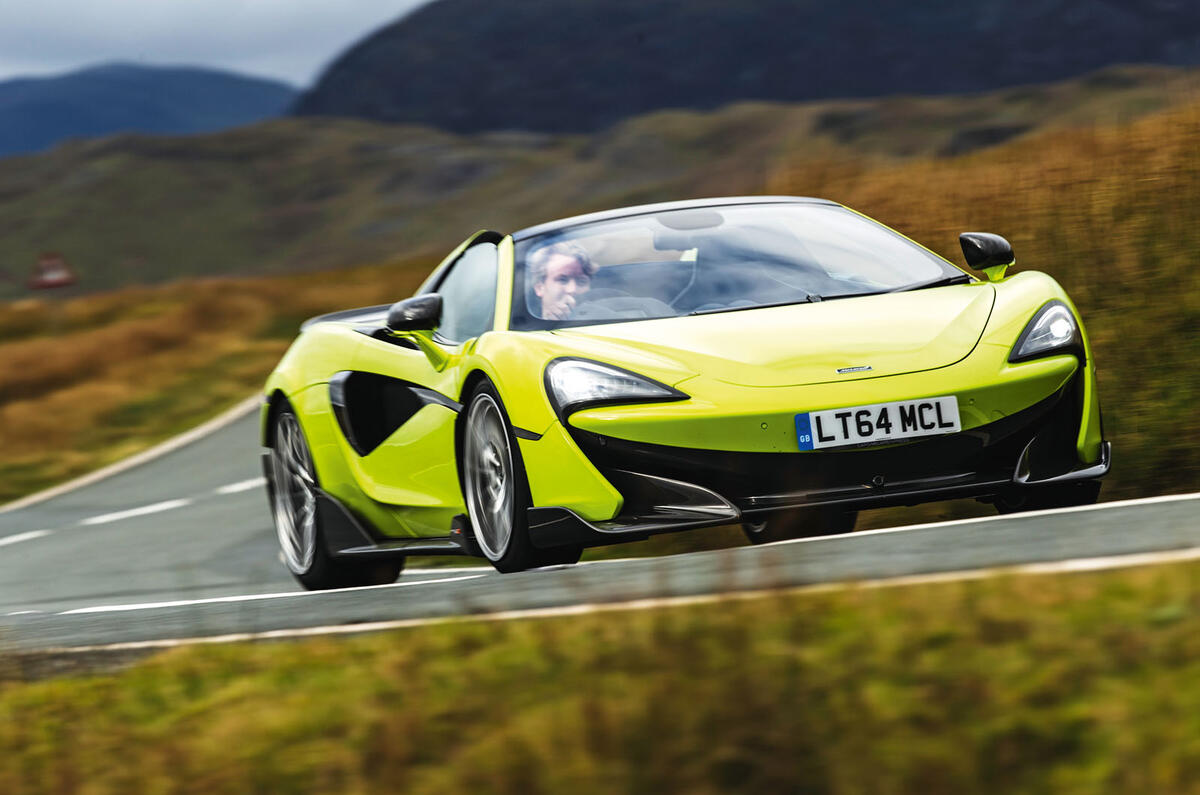

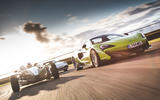
















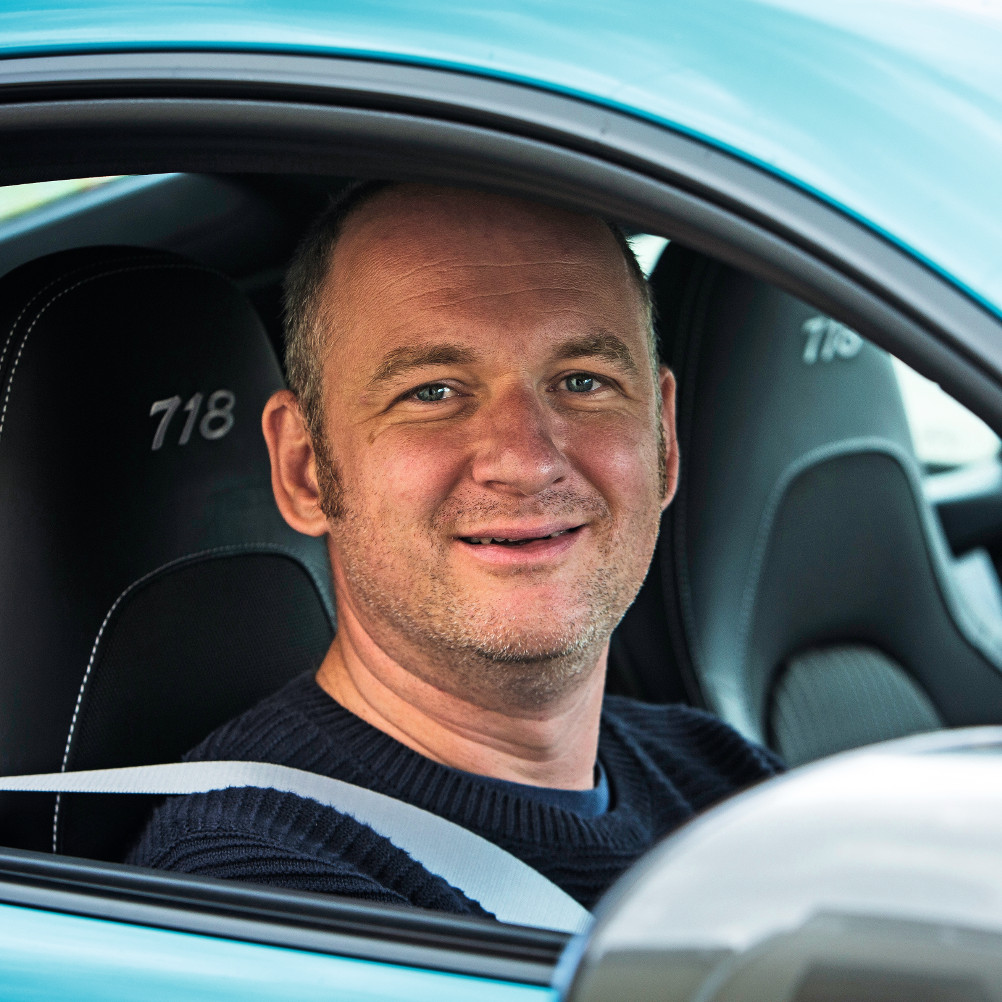




Add your comment